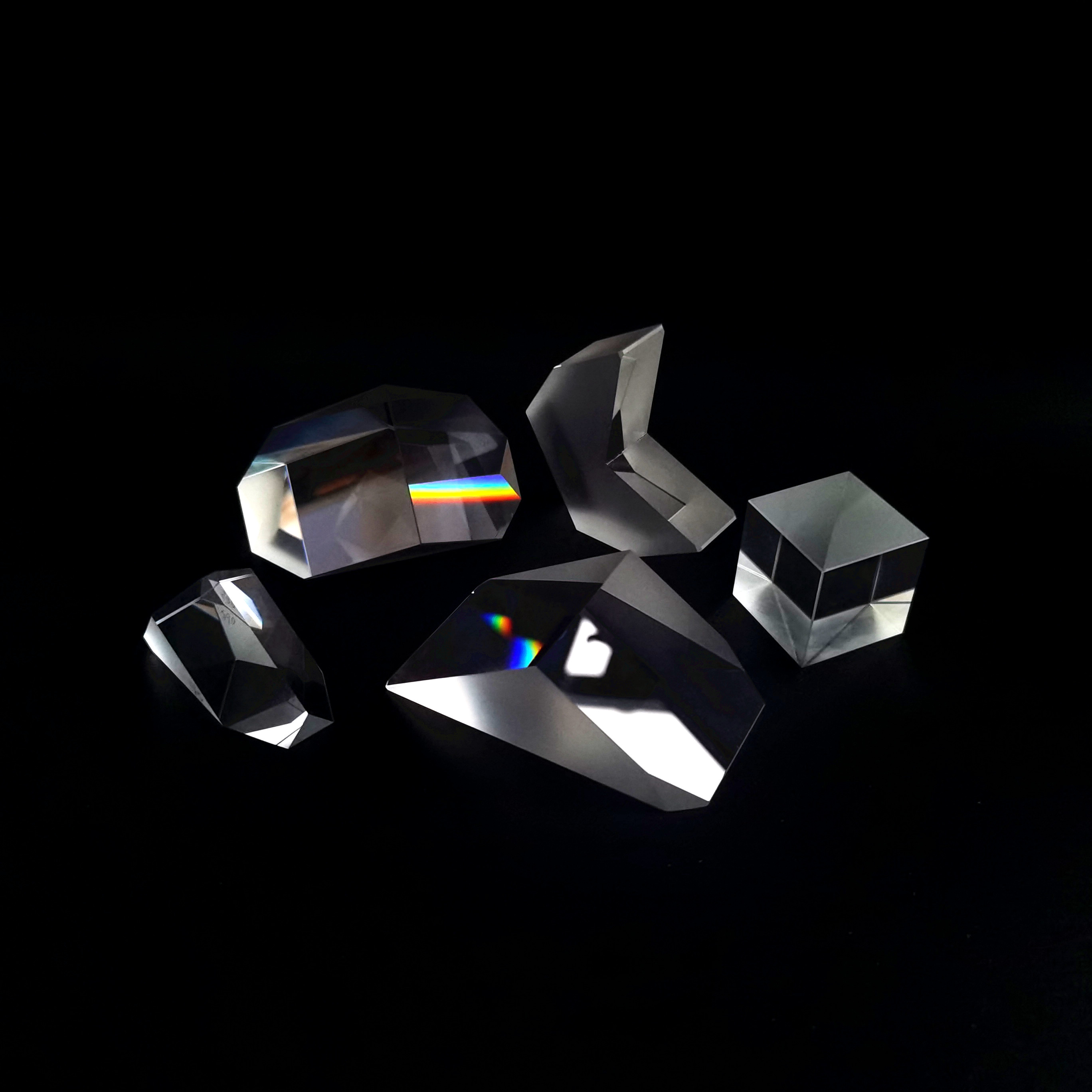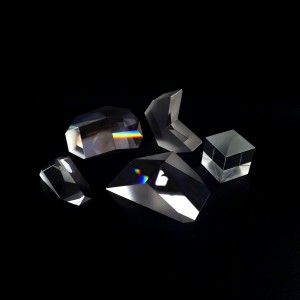
Coatings
Coatings
Whenever light passes from one medium into another medium with different optical properties, most notably refractive index, part of the light is reflected and part of the light is transmitted. The intensity ratio of the reflected and refracted components is a function mainly of the difference in refractive index among the materials, the polarization of the incident light and the angle incidence.
As light passes through an uncoated glass substrate, approximately 4% will be reflected at each surface, this result in a total transmission of only 92% of the incident light. Coating each component will increase the throughput of the system and reduce hazards caused by reflections traveling backwards through the system (ghost images).
Optical coatings are often used to alter the reflectance, transmittance, absorbance, or polarization properties of optical components. The components being coated are usually called the substrates. The coating layer is deposited in high vacuum using the process of evaporation by either e-beam, or IAD(Ion Assisted Deposition). Coating materials include metal such as Au, Ai, Ag, Cr, etc. And semiconductors such as Si, Ge.


